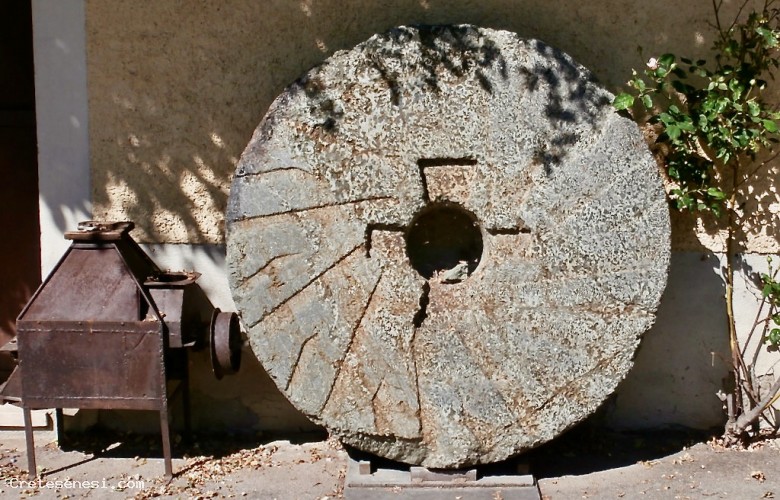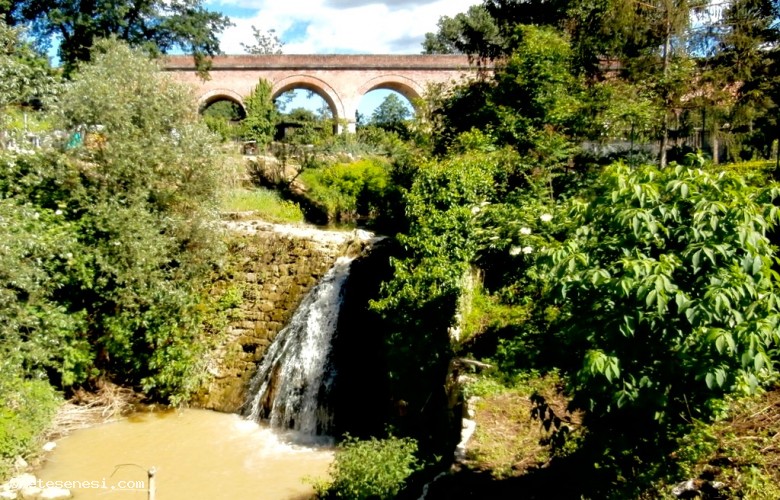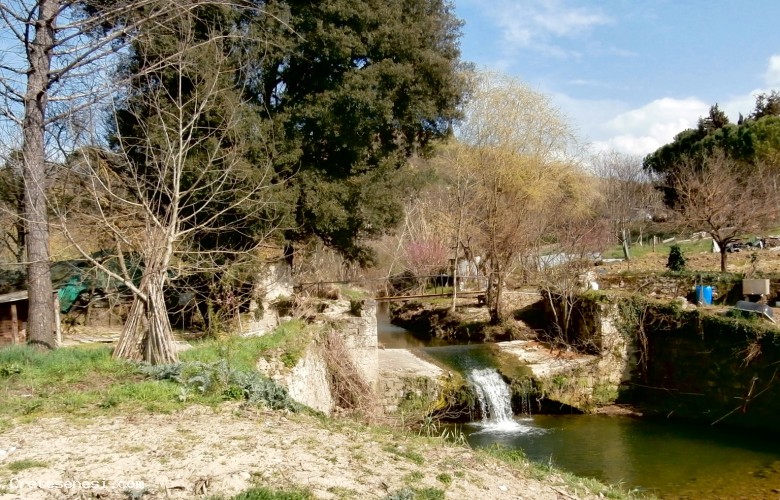Archaeological sites
M05 - Antico Mulino del Palazzo
ASCIANO

.jpg)
.jpg)
.jpg)
.jpg)
.jpg)

.jpg)
This mill is probably one of the oldest and has always been connected to the adjacent Palazzo Cacciaconti. In fact, it faces the fortified structure of the family who, for a long time and until about 1100, dominated the territories south of Siena. Their definitive subjugation and the total acquisition of their territories by the Sienese, however, took place only after about 150 years of war clashes and transfers of ownership.
An important feature of this mill was the large capacity of accumulation of water in a mill which, on average, could contain 2,000 cubic meters. A capacity far superior to that of all the mills at the service of the other Mills.
Perhaps it is for this reason that, even if with many transformations and the partial adoption of electrical energy as a driving force, this mill remained active until 1977, for the grinding of wheat and even until 1992, for the macnation of food. intended for animals.
Its first documentary attestation dates back to 1318 and relates to the deed of sale between a member of the Gallerani family (seller) and Antonio di Meo Tolomei (buyer). the Meioni, who bought it in 1952 from Roberto Sani and still own the property.
Read historical-documental references by A.R.C.A.
Click here to use the Navigator of the Mills, to know all the details.
This mill is probably one of the oldest and has always been connected to the adjacent Palazzo Cacciaconti. In fact, it faces the fortified structure of the family who, for a long time and until about 1100, dominated the territories south of Siena. Their definitive subjugation and the total acquisition of their territories by the Sienese, however, took place only after about 150 years of war clashes and transfers of ownership.
An important feature of this mill was the large capacity of accumulation of water in a mill which, on average, could contain 2,000 cubic meters. A capacity far superior to that of all the mills at the service of the other Mills.
Perhaps it is for this reason that, even if with many transformations and the partial adoption of electrical energy as a driving force, this mill remained active until 1977, for the grinding of wheat and even until 1992, for the macnation of food. intended for animals.
Its first documentary attestation dates back to 1318 and relates to the deed of sale between a member of the Gallerani family (seller) and Antonio di Meo Tolomei (buyer). the Meioni, who bought it in 1952 from Roberto Sani and still own the property.
Read historical-documental references by A.R.C.A.
Click here to use the Navigator of the Mills, to know all the details.